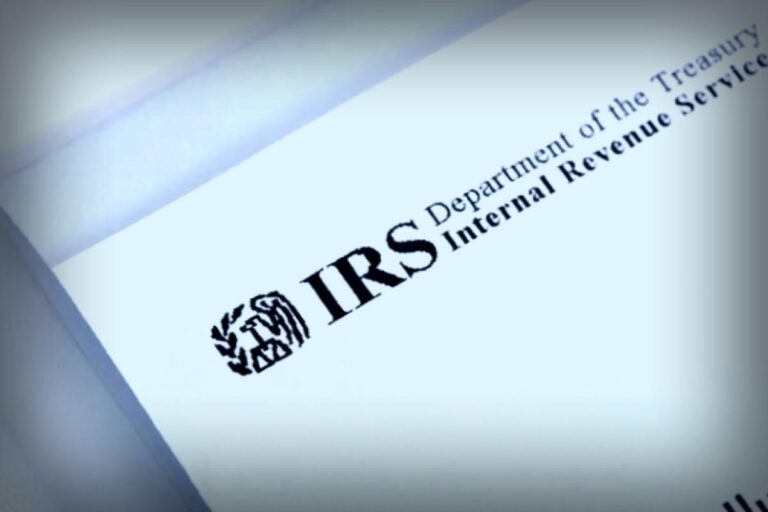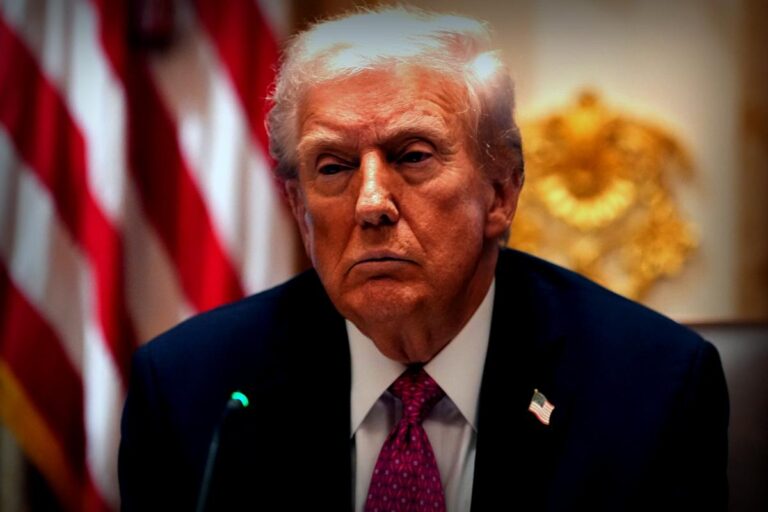
The IMF has delivered a stark message to Chancellor Rachel Reeves: tough measures need to be taken to tackle the UK’s growing deficit. Possible options include hiking taxes for working individuals, scrapping the pensions triple lock, or finding ways to charge for NHS services. Among these, raising taxes is deemed the most feasible choice politically. It’s telling that Labour MPs have resisted any cuts to winter fuel payments, making it difficult to envision them agreeing to trimming NHS expenses. Overhauling the triple lock looks just as politically hazardous.
However, questions arise about whether increasing tax rates would actually bring in more revenue. Tax rates are on track to surpass anything seen since World War II, reaching roughly 37.5 percent of GDP for the remaining term of this Parliament. By historical comparison, taxes only went over 35 percent of GDP once since the 1950s, and only for a single year before dropping sharply. We are currently in a situation with taxes higher than ever, and there are concerns about whether this upward trend can be sustained.
Even amidst these incredibly high tax rates, the UK economy is still grappling with a deficit of over 5 percent of GDP. Recall the Maastricht Convergence Criteria, which state that budget deficits should not exceed 3 percent of GDP? We’re significantly off that mark. In the 1990s, when the deficit surpassed 6 percent, austerity measures were introduced, yet back then, national debt stood at less than 40 percent of GDP – in stark contrast to today’s staggering figure of over 100 percent.
What is evident is that we need a solid financial strategy to handle this persistent 5 percent deficit, yet the prevailing approach seems to focus solely on tax increases. In fact, the potential exists for tax increases to cover an even larger share of the deficit since government spending is likely to rise further. To find balance, we’d need to ramp up spending from that historic 37.5 percent of GDP to 42.5 percent. Factor in an additional point for spending increases, and we’d be looking at over 43.5 percent—a full 10 percentage points above any sustainable tax collections the UK has registered in more than eight decades.
One critical issue is that tax revenues tend to plateau at a certain level relative to GDP because excessive taxation can hinder growth. Long-term high tax rates can degrade economic expansion—estimates suggest each additional 10 percent in tax can lower growth rates by about 1.2 percent, which could push the UK’s sustainable growth rate down to zero. In the short term, tax hikes often spark recessions, leading to declines in revenue instead.
The trend of lowered tax revenue driven by slowing growth or economic downturn implies that tax-driven fiscal reforms typically fall short of success. If there’s a sizable deficit in play, increasing taxes usually fails to mend the situation—even if higher taxation at face value seems beneficial. Historically, the IMF has recommended adopting a two-thirds cuts to one-third tax rise ratio in fiscal consolidations. This approach saw success during the Eurozone crisis.
The most effective fiscal adjustments yield sustained reductions in deficit and debt over time, maintaining a ratio of 75 to 80 percent cuts to 20 to 25 percent tax hikes. This is likely what the UK needs now—if not a more significant emphasis on cuts. However, getting Labour backbench MPs on board with that plan seems unlikely at best.


















